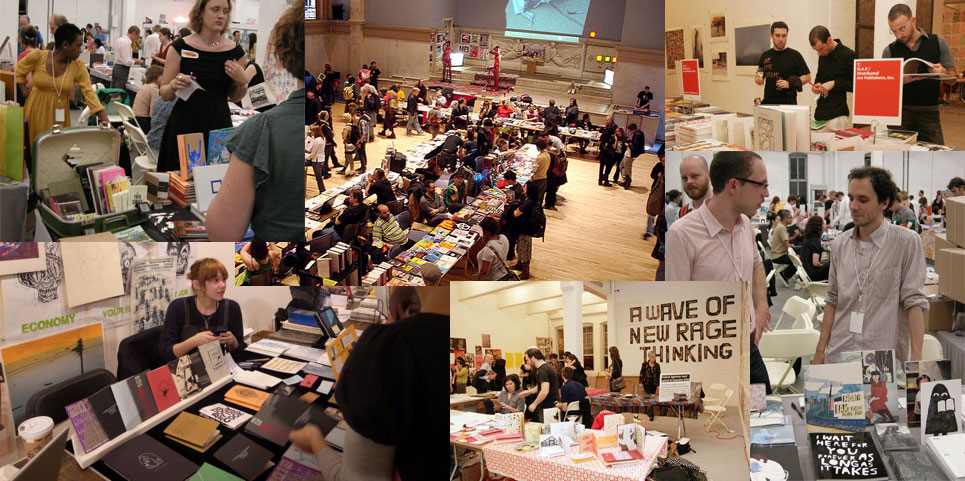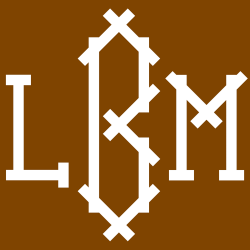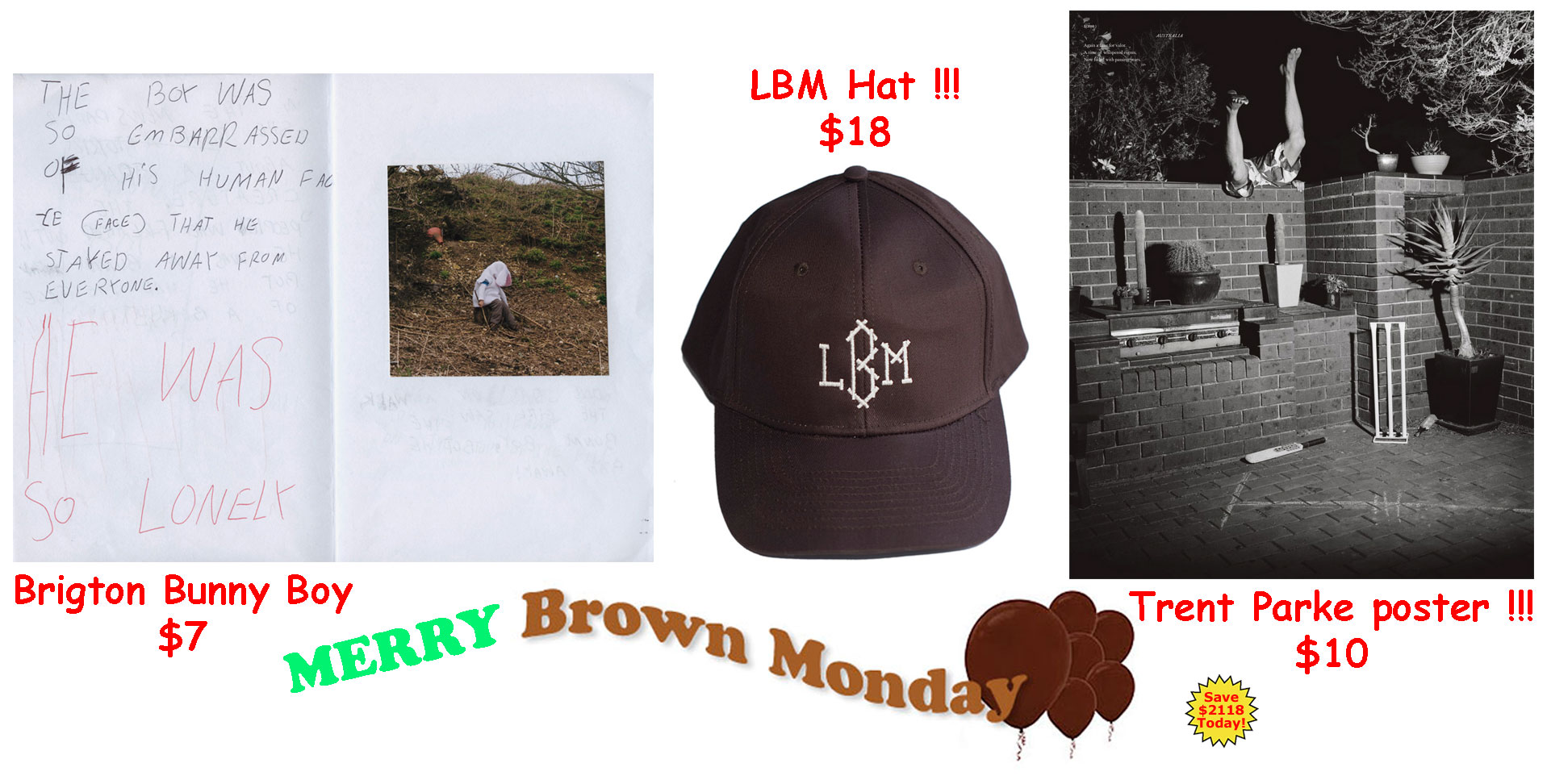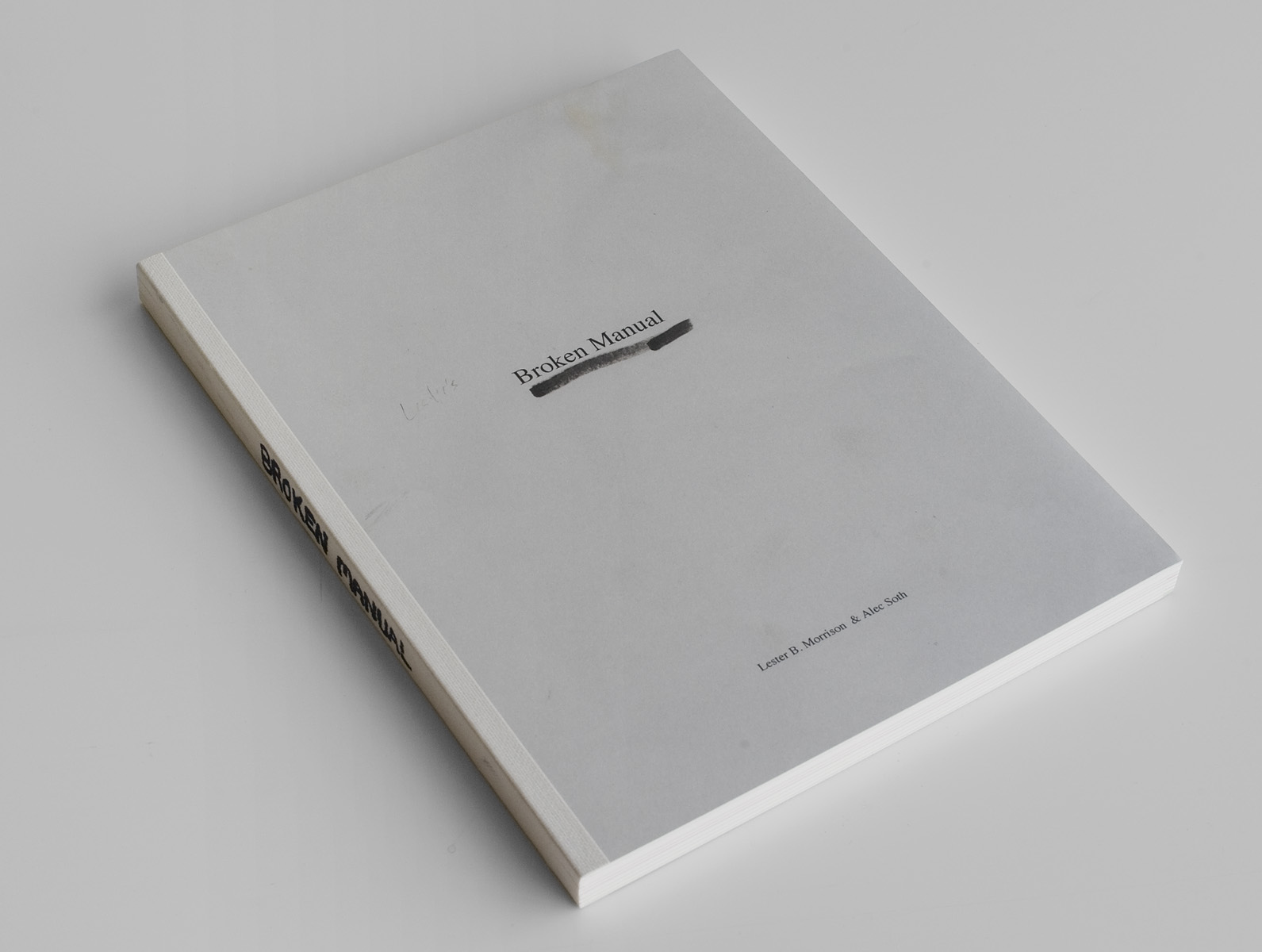
I recently read a blog entry about the swarming masses at the New York Art Book Fair. But one thing nagged me about the post. “Although technically the fair promoted mostly art books,” says the writer, “there were also a multitude of stands that showcased philosophy books (at the M.I.T. table), activism books (at the Yes Men stand), books on the new media and digital revolution, and so on.”
True, but the art books weren’t just a technicality. These books are a thriving and vital art form. The writer then then goes on to use a ‘real’ author, the novelist Paul Auster, to justify the notion that print isn’t dead. Auster is quite eloquent on the subject:
“Human beings need stories, and we’re looking for them in all kinds of places. Whether its television, whether its comic books, or movies or radio plays, whatever form, people are hungry for stories. Think of your own childhood – how important the bedtime story was, how important these imaginary stories were for you.”
But this brings me back to art books. For me, art books are the ultimate extension of children’s literature. They are the creative weaving of text, design and image between the tactile covers of a book. No parent would tell you that the children’s book is in danger of extinction. Toddler’s want to gnaw on board books, not iPads. The same is true for artist’s books.
When I returned from the art book fair and opened up the New York Times Book Review yesterday, guess what I found: The Children’s Book Supplement. As big as the Book Review itself with 25 or so reviews, it seems to come out every few months. Additionally, of course, the Review does regular children’s books reviews.
But where are the art book reviews?
They simply don’t exist. Week after week I read the Book Review and hope to be proven wrong, but it doesn’t happen. Okay, there are comic reviews (Auster mentioned comics, after all). And of course there are the biographies of artists. Last week featured a biography of Grant Wood. But an actual artist’s book? The only hope of that is in the rare ‘Visuals’ column or the even rarer annual ‘Holiday Books’ section.
But even then artist’s books are nearly always absent. Here is a list of the last books featured in the most recent Visuals column (on August 20th):
HE FIRST SIX BOOKS OF THE ELEMENTS OF EUCLID: In Which Coloured Diagrams and Symbols Are Used Instead of Letters for the Greater Ease of Learners
THE FORM BOOK: Creating Forms for Printed and Online Use
STRANGE AND WONDERFUL: An Informal Visual History of Manuscript Books and Albums
PENGUIN 75: Designers, Authors, Commentary (the Good, the Bad . . .)
ART OF McSWEENEY’S
MAIRA KALMAN: Various Illuminations (of a Crazy World)
And here’s the list of the books featured in the last Holiday Books Section (December 2nd, 2009)
TYPE: A Visual History of Typefaces and Graphic Styles, Volume I, 1628-1900
ART AND TEXT
THE BOOK OF CODES. Understanding the World of Hidden Messages: An Illustrated Guide to Signs, Symbols, Ciphers, and Secret Languages
MANGA KAMISHIBAI: The Art of Japanese Paper Theater
SKETCHY PAST: The Art of Peter de Sève
In short, the only true artist’s books being mentioned are coffee table books by New Yorker illustrators. (Please don’t get me wrong, I’m a HUGE fan of Maira Kalman, but these are pretty slim pickings).
“If you harbor even a speck of doubt about the continuing viability of hold-in-your-hand-and-turn-the-pages print publications,” Holland Cotter wrote last year in the New York Times, “check out the New York Art Book Fair. You’ll find thousands of new books — smart, weird, engrossing, beautiful — that will never be Kindle-compatible. They’ll make you feel good.”
Is it too much to ask for New York Times Book Review to take at least one of these publications seriously?












